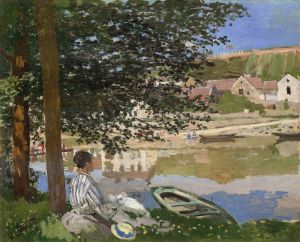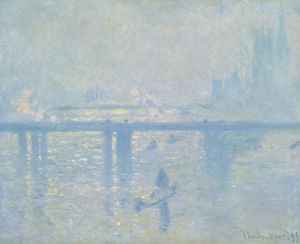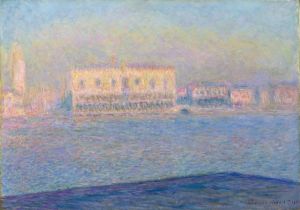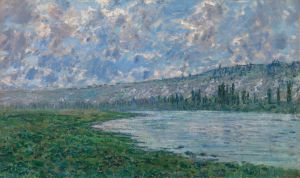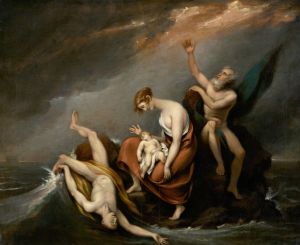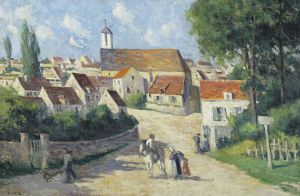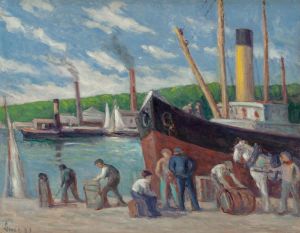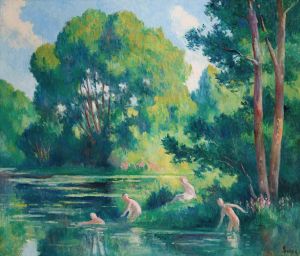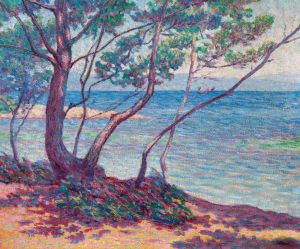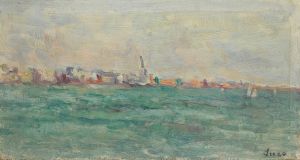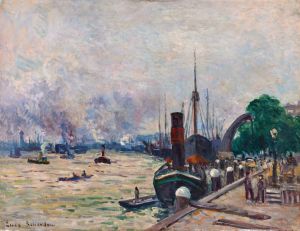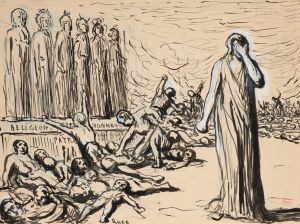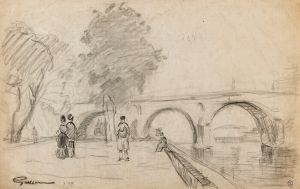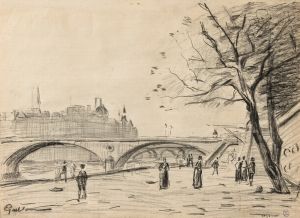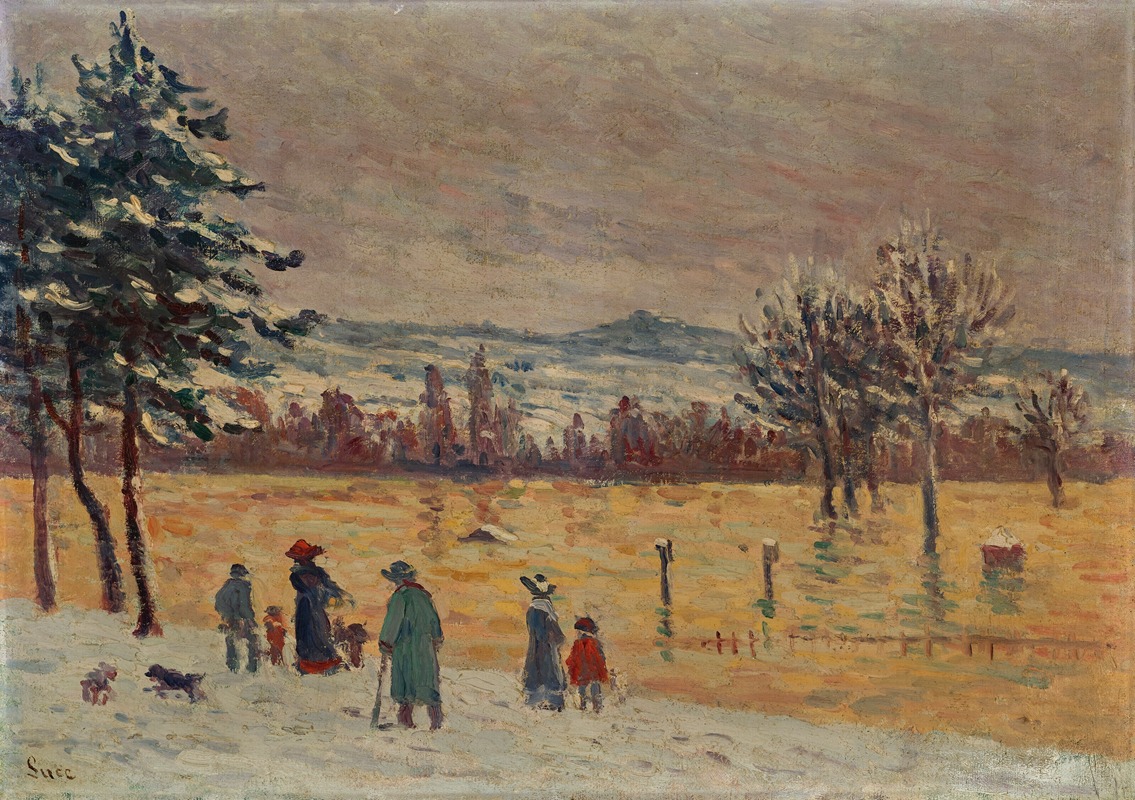
L’Inondation à Longchamp
A hand-painted replica of Maximilien Luce’s masterpiece L’Inondation à Longchamp, meticulously crafted by professional artists to capture the true essence of the original. Each piece is created with museum-quality canvas and rare mineral pigments, carefully painted by experienced artists with delicate brushstrokes and rich, layered colors to perfectly recreate the texture of the original artwork. Unlike machine-printed reproductions, this hand-painted version brings the painting to life, infused with the artist’s emotions and skill in every stroke. Whether for personal collection or home decoration, it instantly elevates the artistic atmosphere of any space.
Maximilien Luce's painting L’Inondation à Longchamp (translated as The Flood at Longchamp) is a notable work by the French Neo-Impressionist painter, who was active during the late 19th and early 20th centuries. Luce, born in 1858 in Paris, was a prominent figure in the Neo-Impressionist movement, which emphasized the use of pointillism and divisionism techniques to capture light and color in innovative ways. His works often depicted scenes of everyday life, landscapes, and urban settings, reflecting both the beauty and challenges of modern society.
L’Inondation à Longchamp portrays a flood in the Longchamp area of Paris, a location known for its proximity to the Bois de Boulogne and the Longchamp Racecourse. The painting captures the aftermath of a flood, with water inundating the landscape and figures navigating the scene. Luce’s use of light and color in this work exemplifies his mastery of Neo-Impressionist techniques, with small, distinct brushstrokes that blend optically to create a vivid and dynamic composition. The painting conveys both the natural beauty of the scene and the human resilience in the face of natural disasters.
The exact date of the painting is not definitively documented, but it is consistent with Luce’s broader body of work, which often explored themes of urban life and the interaction between humans and their environment. Luce was deeply influenced by the social and political climate of his time, and his works frequently reflected his interest in social issues, though L’Inondation à Longchamp appears to focus more on the visual and atmospheric aspects of the flood rather than any overt political commentary.
Maximilien Luce was a close associate of other Neo-Impressionist painters, including Georges Seurat and Paul Signac, and he shared their interest in scientific approaches to color and composition. However, Luce’s works are often distinguished by their emotional depth and sensitivity to the human condition. His ability to combine technical precision with a sense of humanity is evident in L’Inondation à Longchamp.
Today, L’Inondation à Longchamp is recognized as an important example of Luce’s contribution to the Neo-Impressionist movement. The painting is held in a private collection or museum, though specific details about its current location are not widely documented. Maximilien Luce’s legacy endures as one of the key figures in the development of modern art, and his works continue to be celebrated for their innovative techniques and poignant subject matter.





